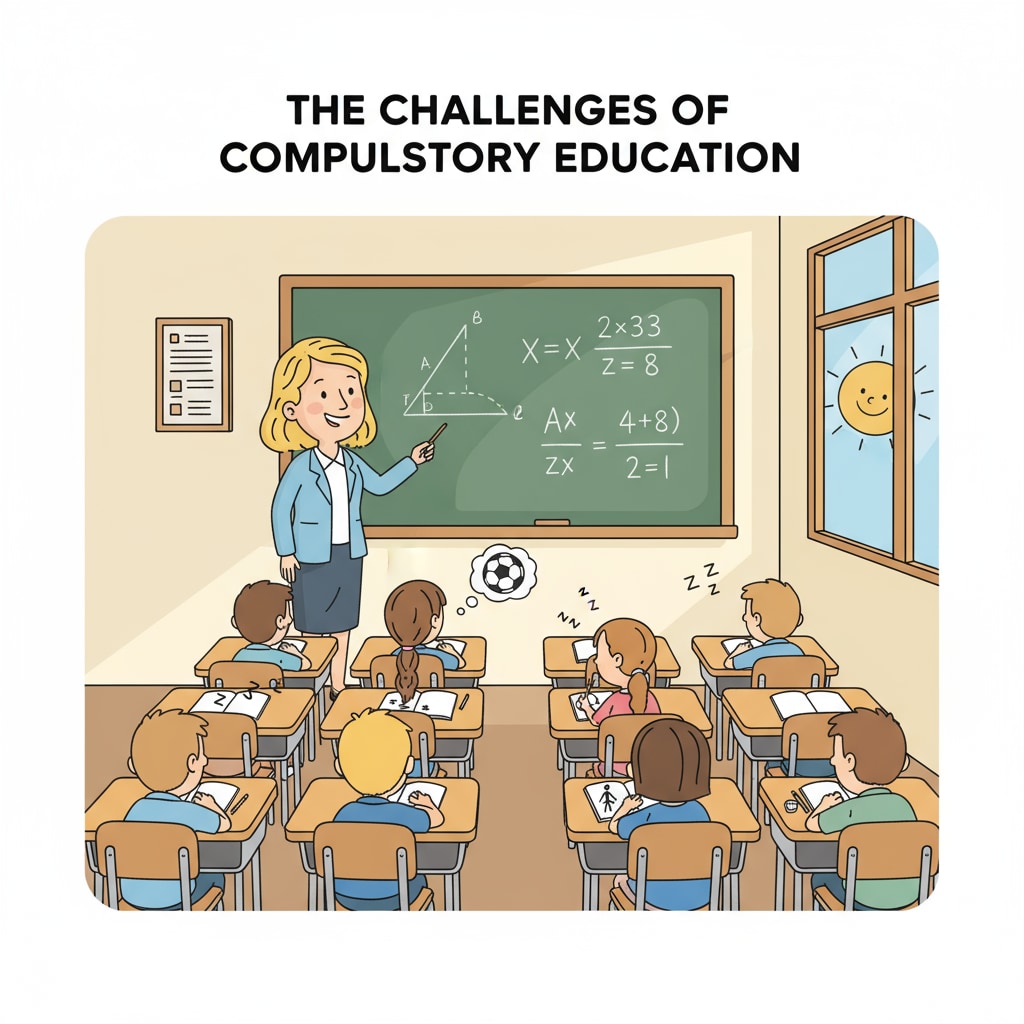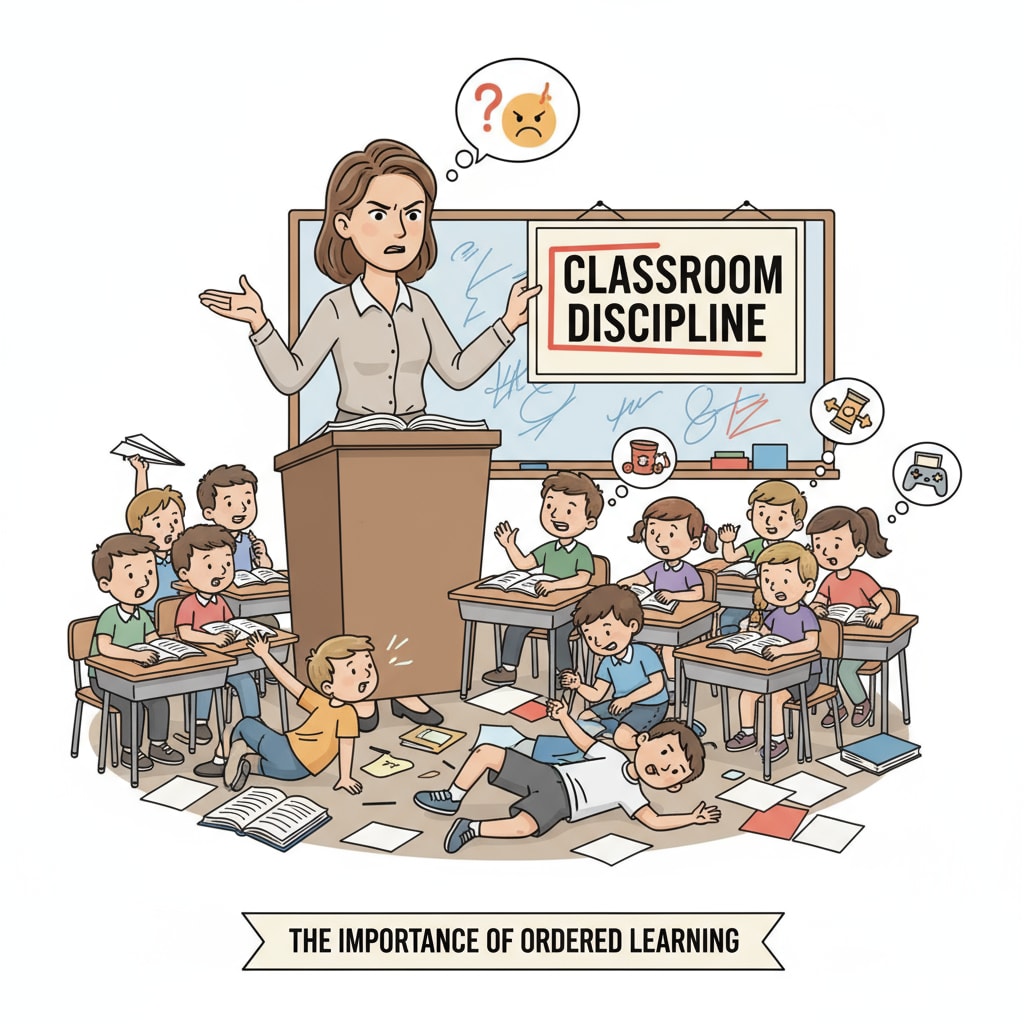The issue of compulsory learning within the school system has long been a source of educational problems. The modern K12 education system is built on a rather shaky foundation, as it attempts to enforce learning through compulsory attendance while struggling to truly inspire students to engage in the learning process.

The Fallacy of Compulsory Learning
At the heart of the matter is the fact that true learning cannot be forced. Learning is an internal process that requires motivation and curiosity. However, the current school system operates on the premise of compulsory attendance. This creates a situation where students may be physically present in the classroom but mentally disengaged. For example, according to EdWeek’s research on student engagement, a significant number of students report feeling uninterested in the lessons despite being required to attend school.
Consequences of the Compulsory Paradox
This paradox has several consequences. One is the emergence of unconditional pass policies. Since schools are reluctant to fail students who are present but not learning, they often resort to passing them regardless of their academic performance. Another issue is the difficulty in expelling problem students. Schools are hesitant to remove students from the system due to the compulsory nature of education. As a result, classroom discipline can become lax. Britannica’s analysis on educational problems also points out these challenges.

To address these problems, it’s crucial to reconstruct our educational理念. We need to shift from a system focused on compulsory attendance to one that nurtures learning autonomy. This could involve more personalized learning plans, project-based learning, and a greater emphasis on student interests. By doing so, we can hope to create an educational environment where students are truly engaged in the learning process.
Readability guidance: The article uses short paragraphs to make the content more accessible. Key points are presented clearly, and external references are provided to support the arguments. Transitions are used to connect different ideas, enhancing the flow of the article.


